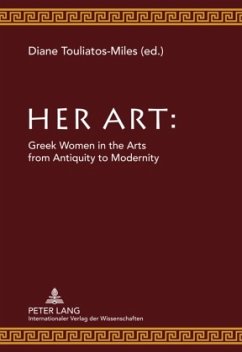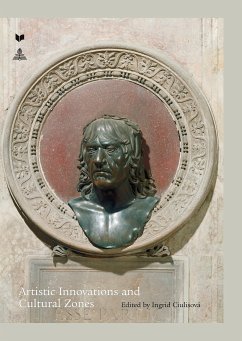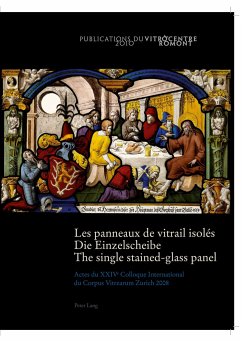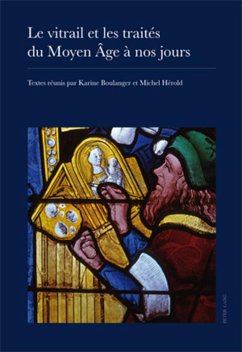
Imago Triumphalis
The Function and Significance of Triumphal Imagery for Italian Renaissance Rulers
Versandkostenfrei!
Versandfertig in 6-10 Tagen
77,40 €
inkl. MwSt.

PAYBACK Punkte
0 °P sammeln!
Imago Triumphalis: The Function and Significance of Triumphal Imagery for Renaissance Rulers examines how independent rulers in fifteenth-century Italy used the motif of the Roman triumph for self-aggrandizement and personal expression. Triumphal imagery, replete with connotations of victory and splendor, was recognized during the Renaissance as a reflection of the glory of classical antiquity. Its appeal as a powerful visual bearer of meaning is evidenced by its appearance as a dominant theme in literature, architecture, and art. Rulers such as Alfonso of Aragon, Federico da Montefeltro, Sigi...
Imago Triumphalis: The Function and Significance of Triumphal Imagery for Renaissance Rulers examines how independent rulers in fifteenth-century Italy used the motif of the Roman triumph for self-aggrandizement and personal expression. Triumphal imagery, replete with connotations of victory and splendor, was recognized during the Renaissance as a reflection of the glory of classical antiquity. Its appeal as a powerful visual bearer of meaning is evidenced by its appearance as a dominant theme in literature, architecture, and art. Rulers such as Alfonso of Aragon, Federico da Montefeltro, Sigismondo Malatesta, and Borso d'Este chose to incorporate the triumphal motif in major artistic commissions in which they were represented. They recognized that the image of the triumph could retain its classical associations while functioning as a highly personalized commentary.














